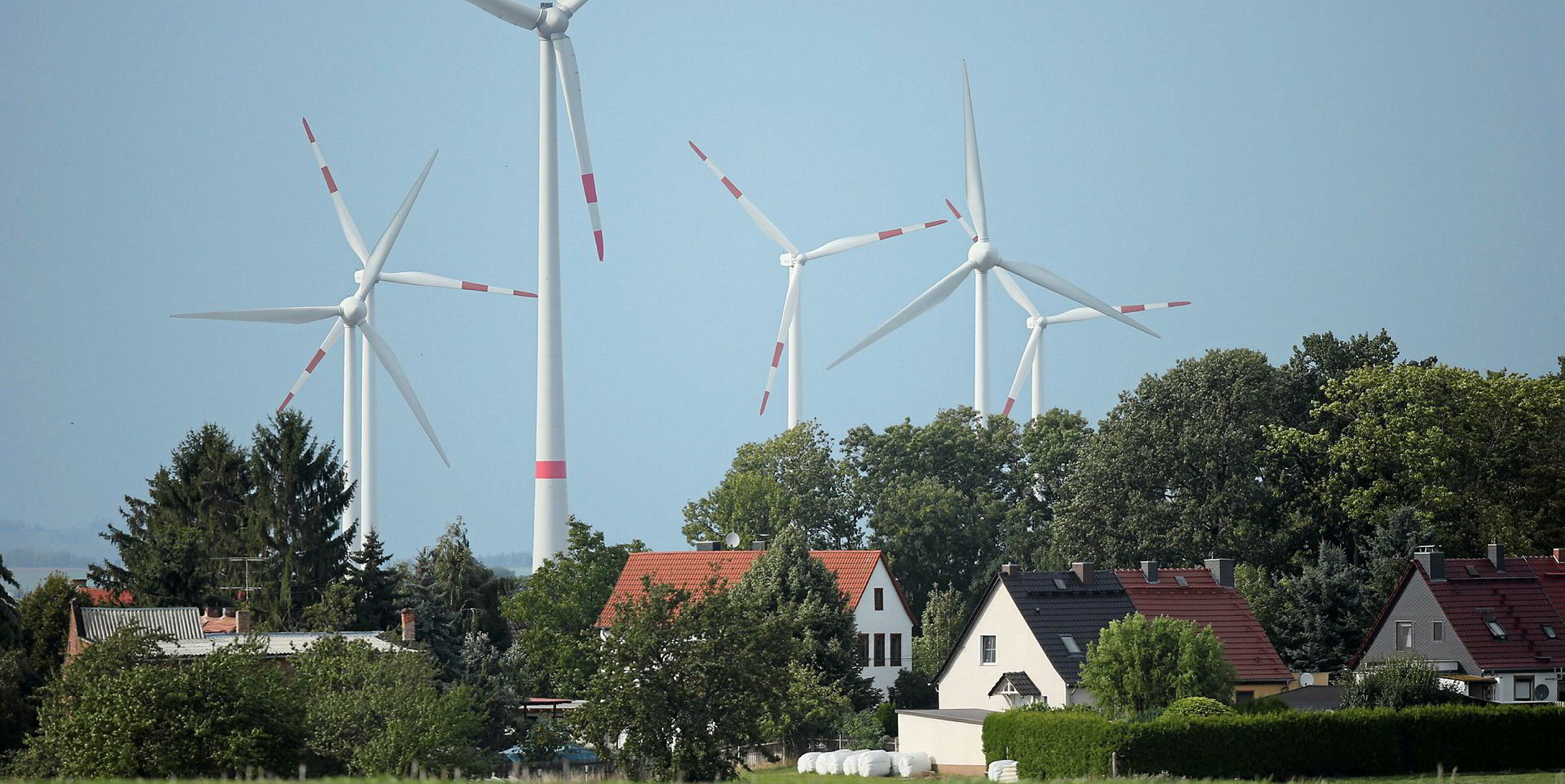Renewables have met a record 44% of Germany’s electricity needs during the first half of this year, helped by strong winds, preliminary figures from the federation of energy and water industries (BDEW) and the centre for solar and hydrogen research in Baden-Württemberg (ZWS) show.
That is up from 39% in the year-earlier period, and 38% for all of 2018.
Despite the record, BDEW chairman Stefan Kapferer said the RE share in the power mix of Europe’s largest economy could only rise to 54% by 2030 - instead of 65% envisaged by the government - unless structural impediments will be removed.
“Among those are area restrictions for PV and wind power installations on land as well as an expansion cap for offshore wind and PV outside the tendering regime.”
The expansion during the first half was mainly due to an 18% rise in wind power output after record winds in March, and above-average winds in the other months.
Split up into technologies, onshore wind accounted for 19% of Germany’s power consumption during the first half, while offshore wind met 4%. Biomass and PV each accounted for 9%. Hydro power followed with 4%, waste-to-power for 1%, and geothermal for 0.03%.


